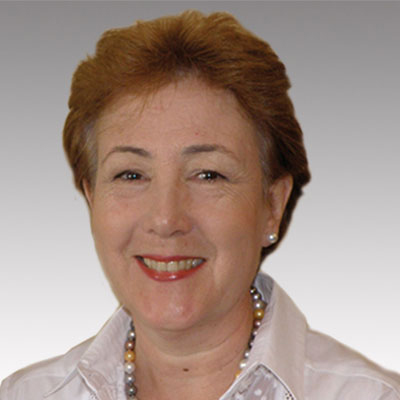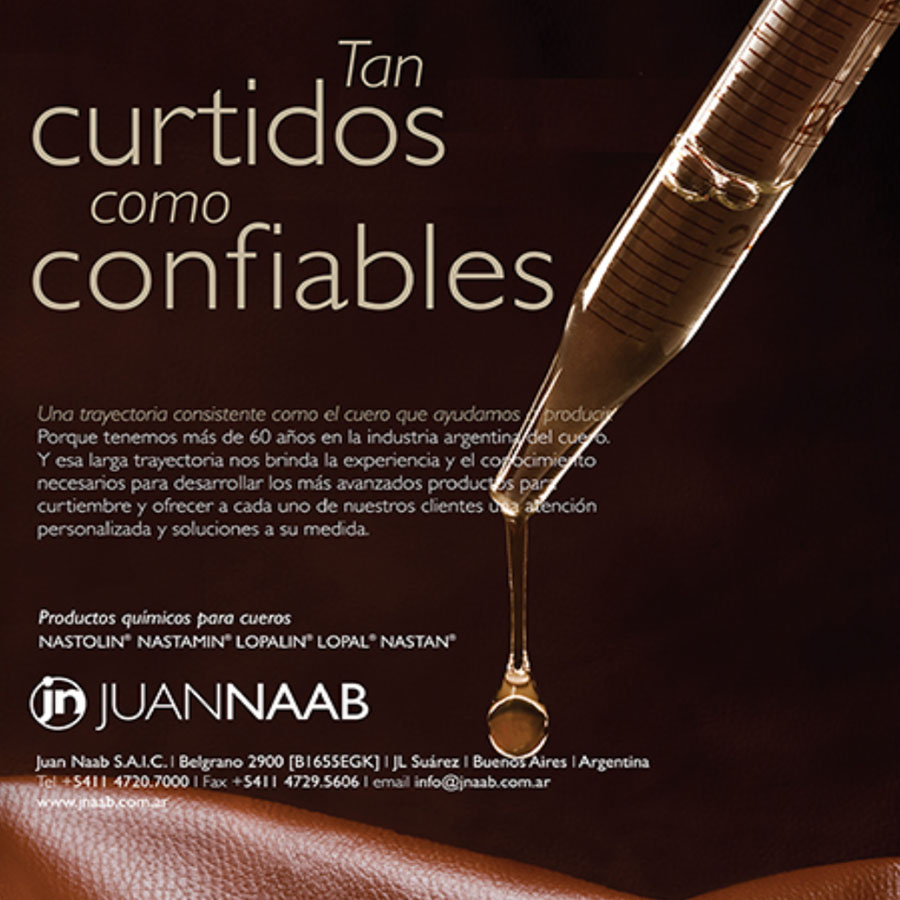Not del Editor N° 98
No esperes resultados diferentes si siempre haces lo mismo”
Albert Einstein.

En momentos difíciles es cuando debemos tener una mirada innovadora. Desde hace algunos años, empresas exitosas aplican la metodología de DESIGN THINKING o pensamiento de diseño, para resolver problemas y ofrecer productos y servicios a los clientes y aumentar su cartera de clientes.
El Design Thinking o Pensamiento de diseño es una metodología que concentra sus esfuerzos en tratar de captar qué necesidades tiene el consumidor para cubrirlas por medio de un producto.
Design Thinking es tener un pensamiento de diseño para analizar algo (un problema), tal y como lo haría un diseñador, con la finalidad de encontrar una solución.
Para ello se utilizan las herramientas, componentes y aspectos creativos inherentes a la profesión de diseño y a la persona que realiza la acción de diseñar (el diseñador, el thinker). Expuesto así parece fácil, pero en qué consiste el Design Thinking.?
Es una manera de ofrecer una solución a un problema. Descomponemos un problema, lo dividimos en partes más pequeñas, las analizamos, pensamos mucho, sin límites, todo lo que podamos y todo lo que se nos ocurra, de manera empática (es decir poniéndonos en lugar del usuario o del cliente) y junto a otros miembros del equipo, entonces estaremos mucho más cerca de encontrar la solución que buscamos.
La actitud innovadora comienza mirando con nuevos ojos la realidad y observando a las personas con una óptica diferente. Se trata de desarrollar o poner a trabajar todos nuestros sentidos
La metodología Design Thinking tiene su origen en la Universidad de Stanford de California, la consultora de diseño IDEO fue quien la aplicó por primera vez en proyectos comerciales en los años 70 y hoy en día esta compañía sigue siendo un referente en cuanto a Design Thinking e innovación se refiere.
Inicialmente esta metodología estaba muy relacionada con el desarrollo de producto, pero poco a poco ha ido evolucionando y se ha convertido en una herramienta muy útil generadora de innovación con la que pueden surgir ideas en cualquier sector y situación, en desarrollo de productos o servicios innovadores, mejora de procesos, definición de modelos de negocio, mejora de la experiencia del usuario, etc.
Una característica fundamental de la metodología Design Thinking es que está centrada en el usuario y en los problemas que a éste se le pueden plantear y en la empatía. Estos 2 conceptos están estrechamente relacionados, es primordial hacer previamente una composición de lugar, un análisis de la situación, tener conciencia de donde estamos y qué necesitamos. Primero identificamos el problema que tenemos que resolver, incluso plantearemos nosotros nuevos problemas, nuevos interrogantes, nuevos cuestionamientos para contextualizar mucho mejor la situación. Tenemos que ser curiosos y cuestionarnos todo con un gran deseo de mejorar y de aprender, cualidad primordial del Thinker. Que no se nos escape nada y tenemos que darnos cuenta, de cosas que a simple vista o de manera rápida no pudiéramos apreciar o valorar. Tenemos que ser empáticos, por medio de la empatía nos integramos en el entorno y tratamos de adaptarnos a él. Nos identificamos con el usuario y su problema, fundamental para poder ayudarle a resolverlo. El ambiente y el usuario nos condicionan y hay que conocerlos, entenderlos, fusionarnos y relacionarnos con él. Otro. El proceso de Design Thinking se realiza por medio de 5 acciones fundamentales
EMPATIZAMOS: Debemos ser capaces de ponernos en la piel y en la cabeza de los usuarios y sus necesidades para ser capaces de generar soluciones consecuentes con sus realidades. Por lo tanto, observar e interactuar con las personas para comprenderlas es la clave del éxito de este método.
DEFINIMOS: en esta etapa filtramos la información recopilada durante la fase de Empatía y nos quedamos con lo que realmente aporta valor y nos lleva al alcance de nuevas perspectivas interesantes. Identificaremos problemas cuyas soluciones serán clave para la obtención de un resultado innovador.
IDEAMOS: La etapa de Ideación tiene como objetivo la generación de cuantas más opciones, mejor. En esta fase, las actividades favorecen el pensamiento expansivo, no hay límites y no tenemos que tener prejuicios de valor. Todo puede valer y en muchas ocasiones las ideas más raras son las que generan las soluciones más innovadoras. El error es una oportunidad
ARMAR UN PROTOTIPO: Por medio del prototipo construimos un modelo “rápido” que nos ayudará a dar forma a lo que hasta ahora era una idea o concepto. A partir de este momento ya existe algo físico, algo que podemos visualizar o que podemos tocar, aunque por supuesto se puede tratar de algo virtual en el caso de una aplicación informática, etc. Bajamos al plano real o de la tierra lo que hasta ahora era algo etéreo. La característica de hacer un modelo o prototipo “rápido” conecta con la idea de Producto Mínimo Viable: hacemos algo que no nos consuma demasiados recursos ni demasiado tiempo para poder probarlo cuanto antes (fase posterior de ENSAYO), se saca al mercado se analiza, se aprende de los errores y se mejora, fundamental este flujo de actuación “rápido” que se utiliza en muchas de las metodologías de gestión actuales.
ENSAYAMOS: Una vez creado el prototipo, ahora lo probamos con la ayuda del público objetivo hacia el que se orienta la solución que estamos desarrollando. Una vez obtenida la retroalimentación incorporaremos las conclusiones para mejorar la solución que buscamos.
Del aparente caos y de la incertidumbre, de los pensamientos que nunca se habían considerado, de las múltiples ideas, por medio de la investigación y de la creación de prototipos todo se va clarificando. Al final resulta el enfoque, la solución, simple y sencilla. De esta manera se produce la innovación y el diseño.
¿Podremos en la Industria del Cuero y su cadena de valor animarnos a incursionar en metodologías de trabajo innovadoras que a lo mejor nos ayuden a encontrar el camino hacia el futuro o seguiremos haciendo siempre lo mismo esperando que alguien nos de las soluciones a los problemas?
Editor’s Letter
Do not expect different results if you always do the same
Albert Einstein.
In difficult times is when we should have an innovative look. For some years now, successful companies have applied DESIGN THINKING methodology or design thinking to solve problems and offer products and services to customers and increase their client base.
Design Thinking is a methodology that concentrates its efforts in trying to capture what needs the consumer.
Design Thinking is to have a design thought to analyze something (a problem), just as a designer would, in order to find a solution.
For this, the tools, components and creative aspects inherent to the design profession and to the person who performs the design action (the designer, the “thinker”) are used. It seems easy to say but what is the Design Thinking?
It is a way to offer a solution to a problem. We decompose a problem, we divide it into smaller parts, we analyze them, we think a lot, without limits, everything we can and everything that comes to mind, in an empathic way (that is, putting ourselves in the place of the user or the customer) and together with other team members, then we will be much closer to find the solution we are looking for.
The innovative attitude begins with a new look at reality and observing people with a different perspective. It is about developing or putting to work all our senses.
The Design Thinking methodology has its origins in the Stanford University of California, the design consultancy IDEO was the one who applied it for the first time in commercial projects in the 70s and today this company continues to be a benchmark in terms of Design Thinking and innovation is concerned.
Initially this methodology was closely related to product development but little by little it has evolved and it has become a very useful tool that generates innovation, with which ideas can arise in any sector and situation, in the development of innovative products or services, improvement of processes, definition of business models, improvement of user experience, etc.
A fundamental characteristic of the Design Thinking methodology is that it is focused on the user and on the problems that this can pose and on empathy. These 2 concepts are closely related, it is essential to previously make a composition of place, an analysis of the situation, be aware of where we are and what we need. First we identify the problem that we have to solve, we will even pose new problems, new questions, new questions to contextualize the situation much better. We have to be curious and question everything with a great desire to improve and learn, a core quality of the Thinker. Let us not miss anything and we have to realize, of things that at first sight or quickly we could not appreciate or value. We have to be empathic, through empathy we integrate ourselves into the environment and try to adapt to it. We identify with the user and their problem, fundamental to help you solve it. The environment and the user condition us and we have to know them, understand them, merge and relate to them. Other. The Design Thinking process is carried out through 5 fundamental actions
EMPATIZAMOS: We must be able to put ourselves in the skin and in the heads of users and their needs to be able to generate solutions consistent with their realities. Therefore, observing and interacting with people to understand them is the key to the success of this method.
DEFINE: at this stage we filter the information collected during the Empathy phase and we are left with what really adds value and leads us to the scope of interesting new perspectives. We will identify problems whose solutions will be key to obtaining an innovative result.
IDEAMOS: The Ideation stage aims to generate as many more options, the better. In this phase, activities favor expansive thinking, there are no limits and we do not have to have value prejudices. Everything can be worth and in many occasions the rarest ideas are those that generate the most innovative solutions. The error is an opportunity
ARMING A PROTOTYPE: Through the prototype we build a “fast” model that will help us to shape what until now was an idea or concept. From this moment there is already something physical, something that we can visualize or touch, although of course it can be something virtual in the case of a computer application, etc. We descend to the real plane or to the earth what until now was something ethereal. The characteristic of making a “fast” model or prototype connects with the idea of Viable Minimum Product: we do something that
ASSAY: Once the prototype is created, we now test it with the help of the target audience towards which the solution we are developing is oriented. Once the feedback is obtained, we will incorporate the conclusions to improve the solution we are looking for.
From the apparent chaos and uncertainty, from the thoughts that had never been considered, from the multiple ideas, through research and the creation of prototypes, everything becomes clearer. In the end, the focus, the solution, is simple and simple. In this way, innovation and design take place.
Can we in the Leather Industry and its value chain encourage us to dabble in innovative work methodologies that may help us find the way to the future or will we always do the same, waiting for someone to give us solutions to problems?







